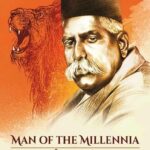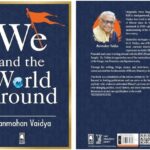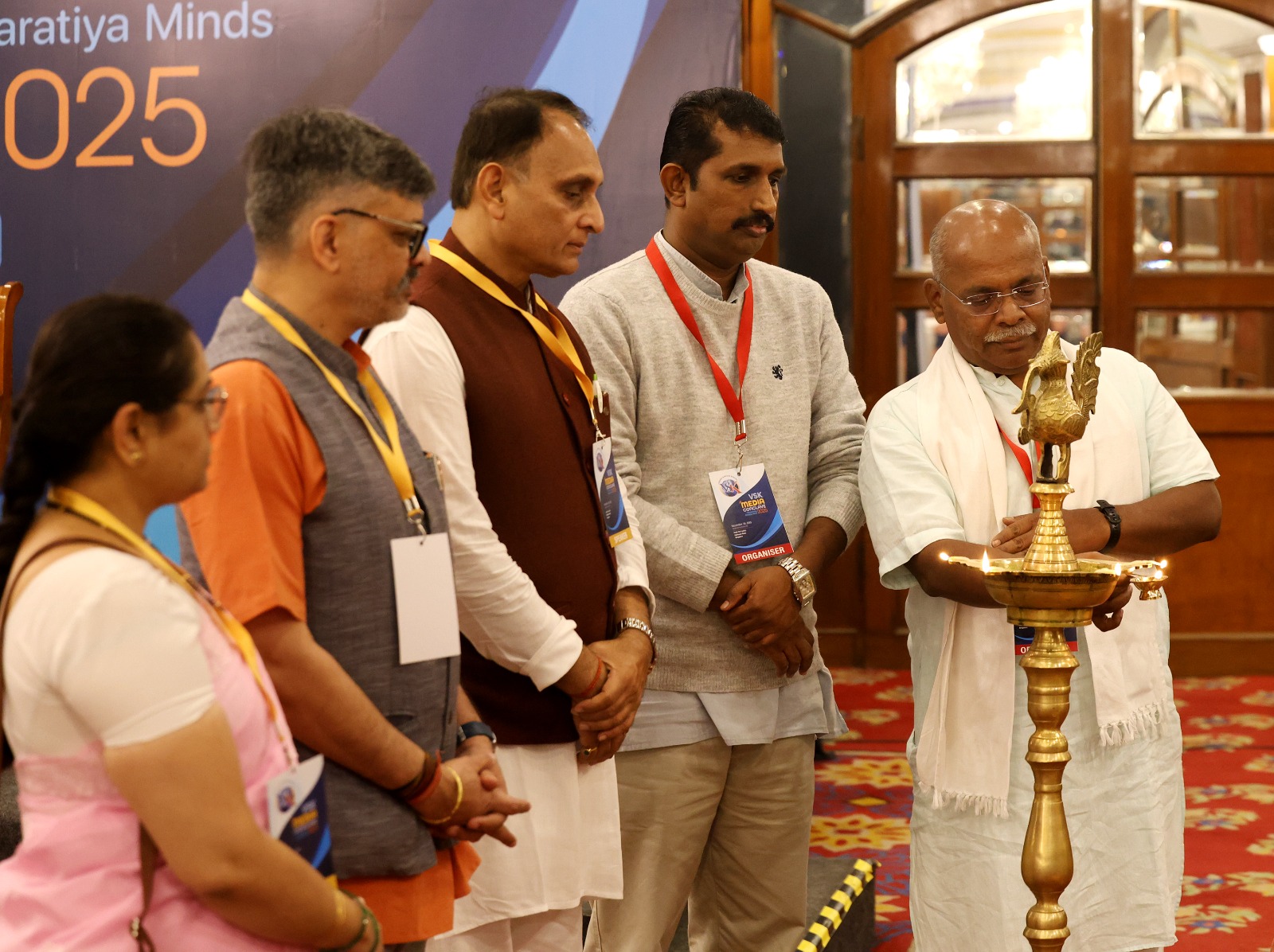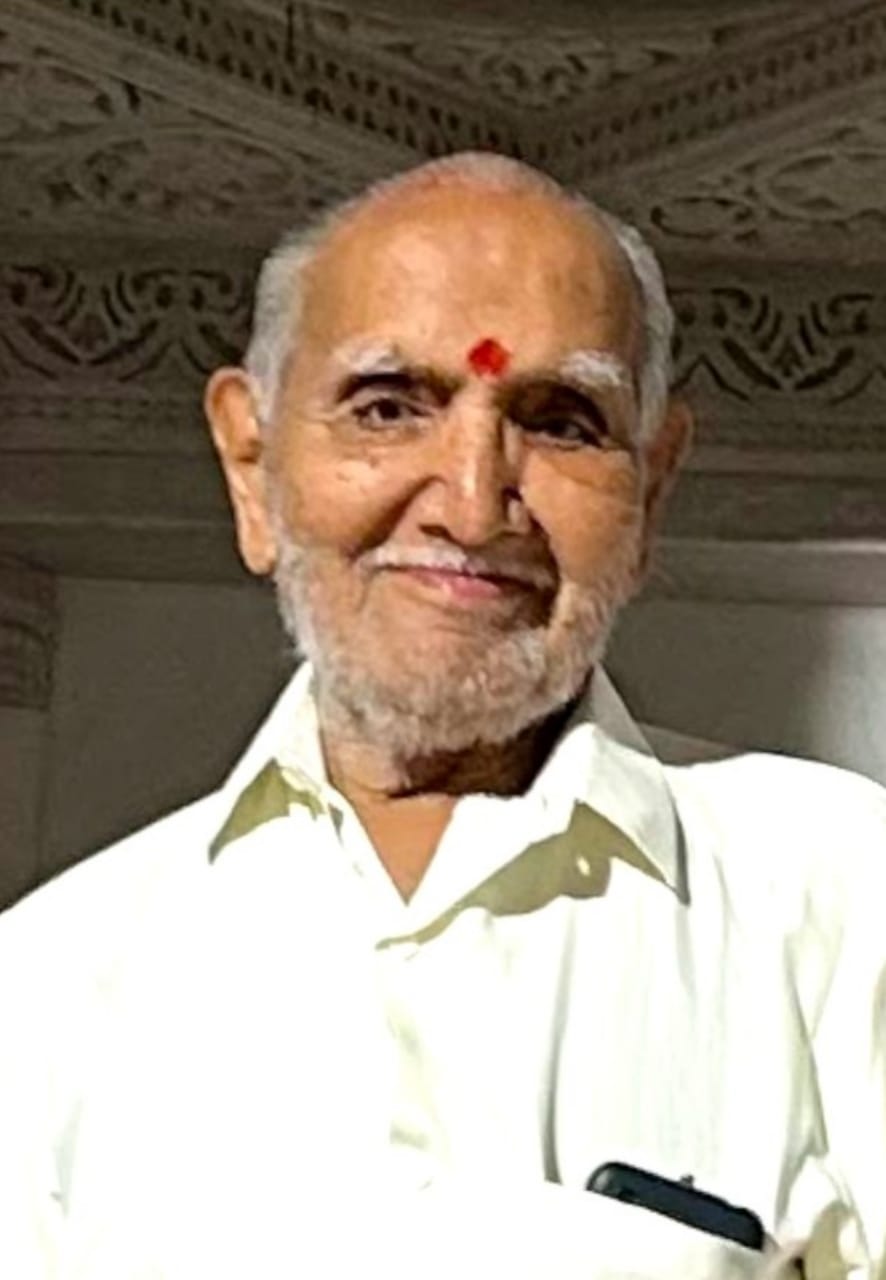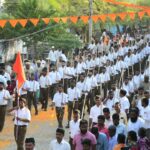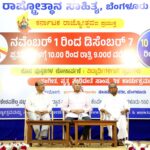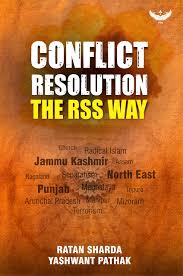
While the country was focussed on “freedom struggle”, there were seeds of separatism being sown which would play ripe after India’s partition in 1947. Pakistan, the new country carved out of India, played the main role of aggression against India. The rampant Islamic mob from Pakistan, attempted to cleanse the Hindu population, butchered them and sent train bogies of dead bodies to India right at the stroke of partition. Pakistan, then followed up by waging a war against India, conspiring to snatch Jammu and Kashmir in 1947-1948. It was the beginning of what followed a protracted conflict in J & K for the decades to come. Punjab and the North-East Region of India contributed to the list of conflicts India faced post-partition. Resolution to these conflicts by a key stakeholder in RSS or Rashtriya SwayamSevak Sangh is a case study for its unique application and integral approach towards the problem. Dr.Ratan Sharda and Yashwant Pathak, the authors have precisely covered this in their masterpiece called “Conflict Resolution the RSS way”.
Jammu & Kashmir:
It’s imperative to identify the root cause, to fix a problem. The unflinching effort to rightly point at Islamism and radicalisation as the seeds of separatism in Kashmir is an important milestone in the Kashmir conflict, as pointed out by the authors. The rich heritage of Kashmir, with Kashmir being the epicentre of most Sanskrit literature, from Panini to Patanjali’s Yoga sutras, to the works of Acharya Abhinava Gupta, began to change with the insurgencies. Hindus being the specific targets of this Islamic rampage, faced the brunt and hence the crown of India was crippled. The genocide of the Hindus in 1947, the mass exodus & killing of Hindus in 1990s are well documented in this book. It has greater insights on how RSS worked through these conflicts. RSS resolution is mainly 2 fold. The first being, passing of resolutions in ABPS (Akhila Bharatiya Prathinidhi Sabha and ABKM (Akhila Bharatiya Karyakarini Mandal), the two highest decision making bodies of RSS; second, to follow up with actions on ground. Resolutions are not arrived at merely; they are deliberated with a sufficiently large representation, debated and a conclusion is arrived at. In the case of Kashmir, a lot of relief camps, sahayta samithis were set up on ground to facilitate the displaced. The ground network of RSS enabled it to gain intelligence on how the insurgency unfolded and provide feedback to stakeholders like the Indian army and coordinate with the local residents in 1948. RSS has taken a consistent stance against having talks with Pakistan while they aggressed on us.
Punjab:
The plank of Hindu-Sikh bonding was the target of insurgents. The seeds of which were sown during the British era, by the British administrators who rewrote the Sikh history to English and a distorted one. The insurgents use this version of history to create a wedge between the Sikhs and Hindus, particularly the RSS. The Khalistani movement of the 80s is an effort in that direction. The book identifies how the then governments stumbled in their decision making which led to the rise of insurgency and destabilized the region. The same can be seen in various resolutions of the RSS. The targeted attack on RSS workers shows how wary the insurgents were, and the impact RSS makes on the citizens and a potential roadblock to their activities..
North East:
The rich cultural legacy of the North Eastern Region dates back to atleast the Ramayana-Mahabharata period and the Indigenious tribes connect themselves to that era. Hidamba was from Bodo Kachari community and they are believed to belong to the lineage of Bhima, who married Hidamba. Dimasas worship Shiva and call him Shivarai. Karbis link themselves to Vali and Sugriva. Rukmini, wife of Krishna belonged to the Idu-Mishmi tribe. The monarchy of Tripura is believed to be from the Yayati lineage. Things changed in 1836 with the establishment of the first church in this region by the evangelists and ably supported by the British. The Brits created laws like Inner Line Permit to ensure no outsiders visited this region, while the evangelists could convert them and uproot them from their native culture.
Ekanath Ranade, the RSS Bouddhik Pramukh toured this region in 1950 and assessed the grave situation that the natives faced. As a followup action, 6 Pracharaks (Pracharaks are full time workers of RSS) were sent to this region to build RSS from grounds up. In the subsequent years, a number of Pracharaks were threatened, kidnapped and killed by the insurgents. The sacrifices of RSS Pracharaks and Swayamsevaks are significant in this region to ensure that the native communities could live their culture and peace prevailed. On date, RSS in this region, works via schools, Ekal Vidyalayas, Primary Health Care centres, Student hostels and Sewa activities to name a few.
RSS Conflict resolution is bound by the unifying spirit of Bharat. It walks the talk and follows up with action on ground. The author summarises that identifying the root cause is an important step in resolution; RSS has taken a consistent stand against separatism and a firm line against appeasement. It has been patient in educating people and creating a public opinion, put forward its cadre in places wherever possible.
In the past 2000 years, the efforts of the invaders to wipe out any Indianness in our culture, was evident in their brute force which unleashed upon us; right from Alexander to Babar, to the Dutch, Portuguese and the British. The conflicts, post partition are more methodical and designed to be “the cultural invasion“ to destabilise India by using the framework of democracy; with the support of internal aggressors. A book like this and a socio-cultural organisation like RSS has a bigger role to play, where, as a society we resurrect culturally, we evolve in certain areas, as we face new challenges which threaten to destabilise the cultural pillars via ammos like language, region, caste, class.
Vishwanath
